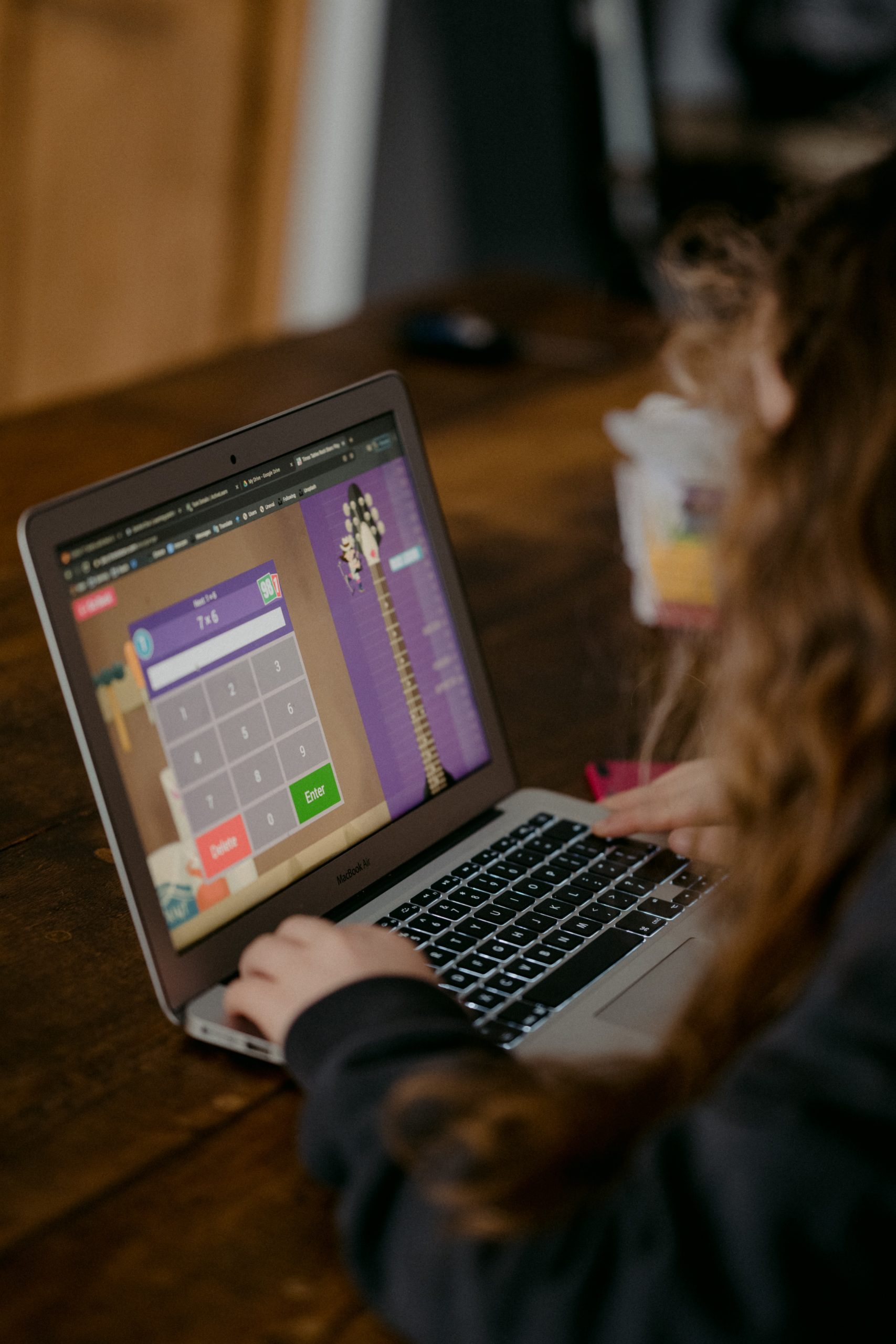How can you ensure equitable access to authentic, meaningful & relevant learning environments for all learners in K-12 open and distributed learning contexts? What did you already know, what do you know now based on the course readings and activities, what do you hope to learn?
Ensuring that there is equitable access to authentic, meaningful, and relevant learning environments for all learners inside and beyond the classroom is vital for providing students with an optimal learning experience. By making sure that students are each able to access all materials, engage in all the same experiences, and have the same opportunities, students will be able to have a more enriched learning experience and equal opportunities for growth and development. As stated by the Basham et al. (2018) classrooms are continually increasing in regards to student diversity. It important that each student is provided with the means to ensure their success and this can be done by providing each student with equitable access, materials, support, and autonomous learning opportunities based upon their individual learning needs. This can be done by considering the Universal Design for Learning Guidelines to design learning activities.
Universal Design for Learning: “a scientifically valid conceptual framework for guiding educational practice that provides flexibility in the ways information is presented, in the ways students respond or demonstrate knowledge and skills, and in the ways students are engaged (Basham et al. 2020, p.480)” . The guidelines for the UDL are based on three main principles which are meant to addresses and provide support for the large variability of students within today’s classroom. These principles are:
Multiple means of engagement: provide options for
- recruiting interest
- sustaining effort and persistence
- self regulation
Multiple means of representation: provide options for
- perception
- language and symbols
- comprehension
Multiple means of action and expression: provide options for
- physical action
- expression and communication
- executive functions
For more check out: http://udlguidelines.cast.org
To help ensure equity in learning environments we can also consider the design principles suggested by Kral and Swab (2012).
(1) A space young people control
(2) A space for hanging out and ‘mucking around’
(3) A space where learners learn
(4) A space to grow into new roles and responsibilities
(5) A space to practice oral and written language
(6) A space to express self and cultural identity through multimodal forms
(7) A space to develop and engage in enterprise
(8) A space to engage with the world
By providing students opportunities to learn in environments where they have control, take new responsibilities, and engage in real-life experiences, students my develop a new found respect and motivation for learning as they become invested and interested in what they are learning as they explore ideas beyond traditional classroom work.
I am looking forward to learning more about various strategies for implementing the UDL concept in online learning.
References:
CAST (2018). Universal Design for Learning Guidelines version 2.2. Retrieved from http://udlguidelines.cast.org
Kral, I. & Schwab, R.G. (2012). Chapter 4: Design Principles for Indigenous Learning Spaces. Safe Learning Spaces. Youth, Literacy and New Media in Remote Indigenous Australia. ANU Press .http://doi.org/10.22459/LS.08.2012 Retrieved from: https://press.anu.edu.au/publications/learning-spaces %EF%BB%BF
Basham, J.D., Blackorby, J., Stahl, S. & Zhang, L. (2018) Universal Design for Learning Because Students are (the) Variable. In R. Ferdig & K. Kennedy (Eds.), Handbook of research on K-12 online and blended learning (pp. 477-507). Pittsburgh, PA: Carnegie Mellon University ETC Press.

Leave a Reply
You must be logged in to post a comment.